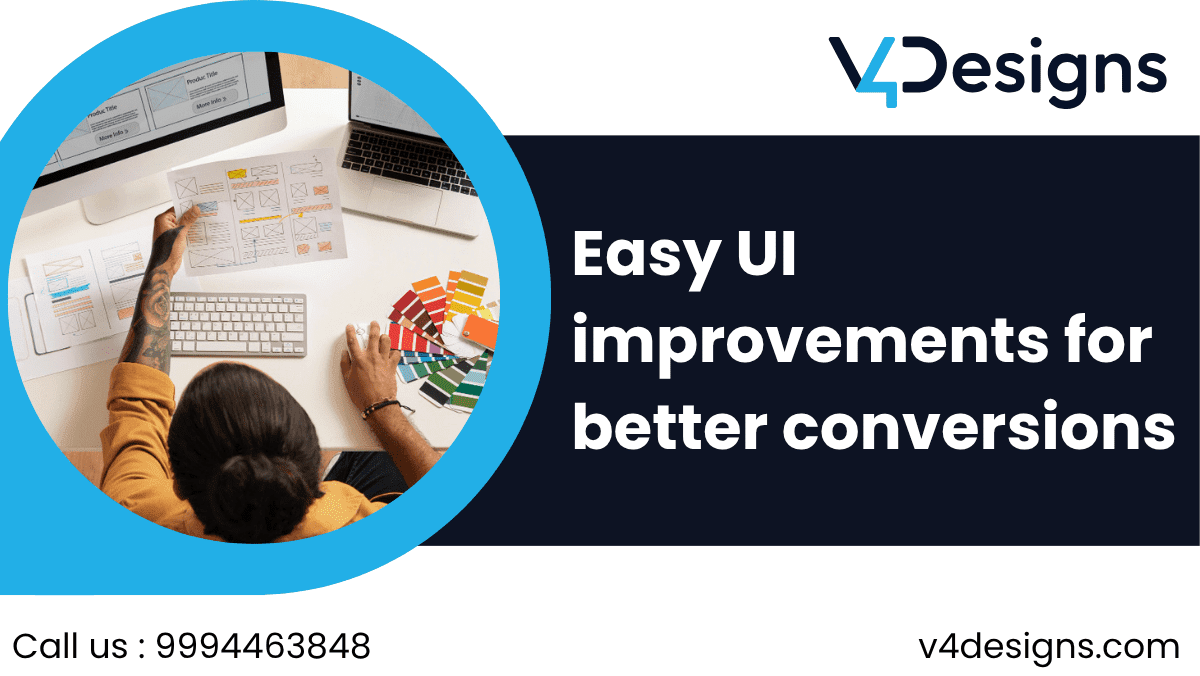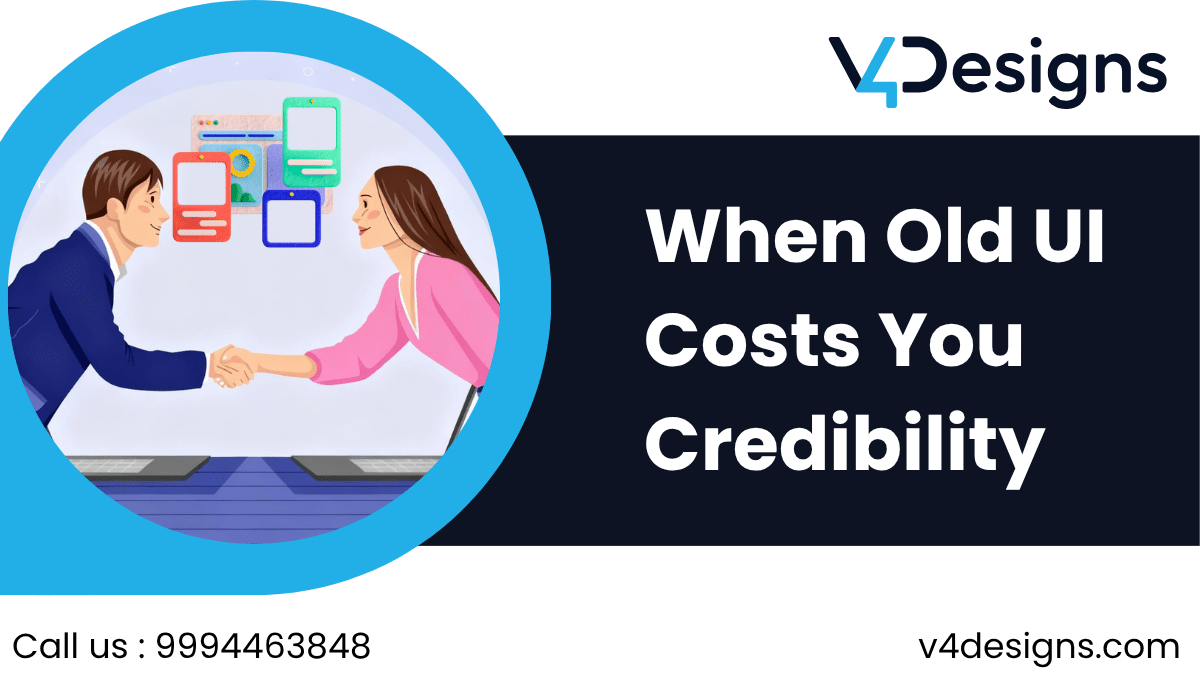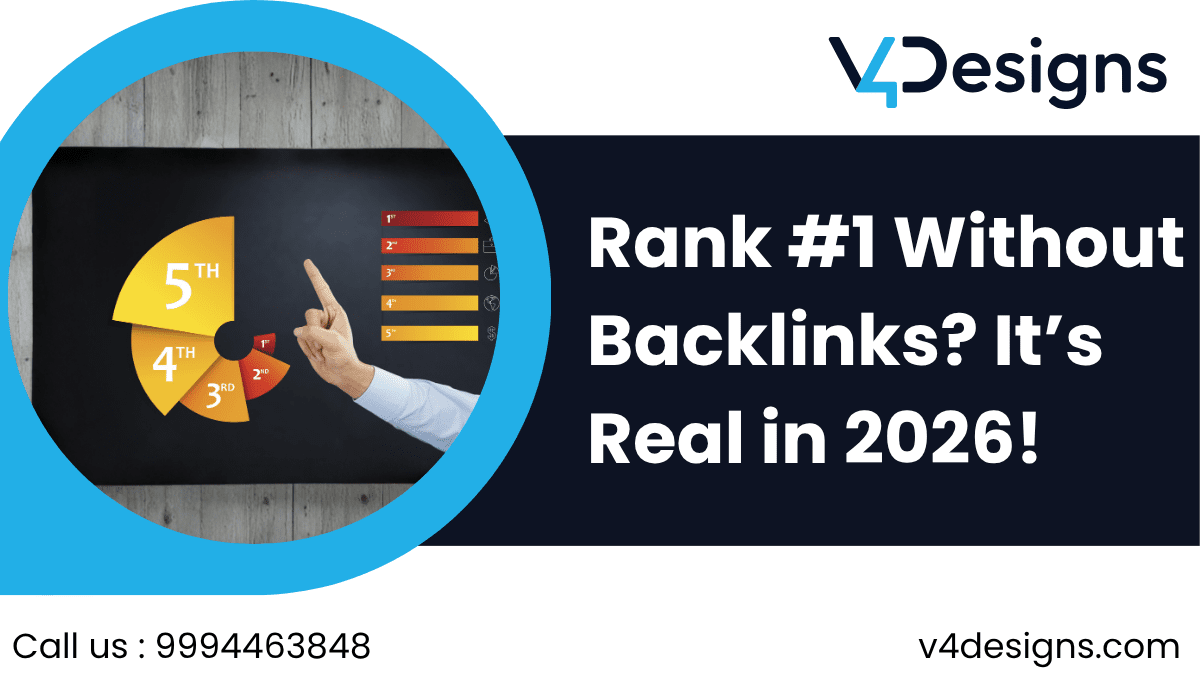Reduce website bounce rate: Are visitors leaving your website almost as soon as they arrive? High bounce rates can be a big problem for businesses, signalling lost opportunities and disconnected users. The good news? A few simple UI tweaks can help reduce your website’s bounce rate significantly and in as little as 30 days.
Below, we’ll explore the main issues behind bounce rates, how they impact users like you, and actionable steps to fix them fast.
Why Visitors Leave Your Website Without Taking Action?
A high bounce rate means a large percentage of visitors land on your site and leave without further interaction. For example, this could be when users enter your homepage and immediately exit without clicking any links, browsing other pages, or filling out forms.
The reasons for these quick exits are often linked to poor design choices or technical flaws, frustrating visitors and reducing engagement. For startups or local businesses, this isn’t just a problem, it’s a potential dealbreaker.
Every Bounce Is a Lost Opportunity, Here’s Why
Imagine investing thousands into marketing campaigns, driving traffic to your site, only for potential customers to leave almost immediately. Each bounce represents someone leaving your digital storefront, likely heading directly to a competitor. Minimizing this exit point should feel like a priority, as your online success heavily depends on user retention, satisfaction, and engagement.

7 Simple UI Tweaks to Reduce Website Bounce Rate
Here are seven actionable ways to improve your UI and keep visitors engaged longer:
1. Speed Up Your Website
Slow-loading pages are one of the main culprits behind sky-high bounce rates. Users expect websites to load in less than three seconds; any longer, and they’ll leave.
- Compress images and optimize file sizes.
- Use a content delivery network (CDN).
- Minify CSS, JavaScript, and HTML files.
A faster website creates a better impression and significantly lowers bounce rates.
2. Optimize for Mobile
With mobile traffic accounting for more than half of global website visits, your site must look and function perfectly on all devices. Ensure your UI adapts beautifully with a responsive design.
- Avoid tiny fonts and hard-to-click buttons.
- Test your site on varied screen sizes to locate display inconsistencies.
3. Simplify Navigation
Overcomplicated or hard-to-locate menus confuse visitors. A clear, intuitive navigation bar helps users quickly find what they’re looking for, reducing bounce.
- Use visible, streamlined menus featuring the pages visitors value most.
- Include a search bar as a helpful shortcut.
4. Enhance Visual Hierarchy
Users skim through your content first; a clear visual hierarchy guides them to critical site elements. Confirm their immediate questions with strong headings, compelling lists, and concise copy.
- Highlight calls to action (CTAs) prominently.
- Use white space effectively to prevent visual tiredness.
5. Display Engaging CTAs and Internal Links
Craft CTAs that are impactful and encourage clicks. Place links throughout your pages that direct users to more engaging content, reducing bounce probability.
- Keep CTAs action-oriented, such as “Get Started” or “Learn More.”
- Link to resources like case studies to hold users’ interest.
6. Reduce Intrusive Pop-ups
While pop-ups might help collect emails, overly aggressive or poorly timed ones fail. Respect user experience by controlling frequency.
- Limit pop-ups to appear on critical pages.
- Use exit-intent triggers instead of interrupting mid-reading.
7. Focus on Content Quality
Beyond design, your content determines if visitors stay or bounce. Offer value through well-authored articles, helpful product descriptions, or engaging media.
- Create blog posts with useful tips, like this one!
- Embed high-quality images and short explainer videos.
Connecting the Dots
You now know where users drop off and how UI issues might contribute to their behaviour. By implementing these simple UI changes to reduce bounce rate, you’ll not only give users reasons to stay but also guide them effortlessly toward your goals.
Partner With V4Designs for Lasting Results
If reducing your website bounce rate sounds worrying, V4Designs can help. We’re a Professional UI/UX Design & Web Development Agency offering customised solutions to your exact needs. Whether you’re a startup looking for the Best UI/UX Design Services for Startups or a local business in need of Website design and development for local businesses, we’re your top choice.
Our services include:
- Website Redesign Services for optimized performance.
- SEO adjustments as the Best Web Design company near me in delivering measurable growth.
- Expertise as an SEO agency for startups and a User Experience Design Company in India, ensuring you engage users effectively.
Contact V4Designs today, and discover how we can elevate your site’s user experience!
Don’t Miss: Best Agency for Web Development and SEO
FAQs
Q1. What is a bounce rate, and why should I care?
A bounce rate measures the percentage of visitors who leave without engaging further. High bounce rates suggest low user satisfaction, which can hurt conversions and search rankings.
Q2. How long will it take to see results after optimizing UI?
You can often see measurable reductions in bounce rate within 30 days after making improvements like speeding up your site or fixing usability issues.
Q3. Why should I choose V4Designs over competitors?
V4Designs combines in-depth UI/UX expertise with tailored strategies. We’re the best choice for businesses seeking affordable and Best UI/UX Design Services for Startups or looking to partner with an outstanding SEO agency for startups.
Reducing your bounce rate begins with small, deliberate changes that create significant impacts. Take steps today for a more engaging web experience!







